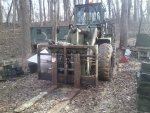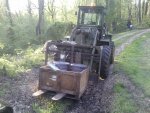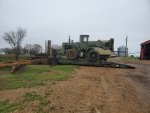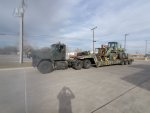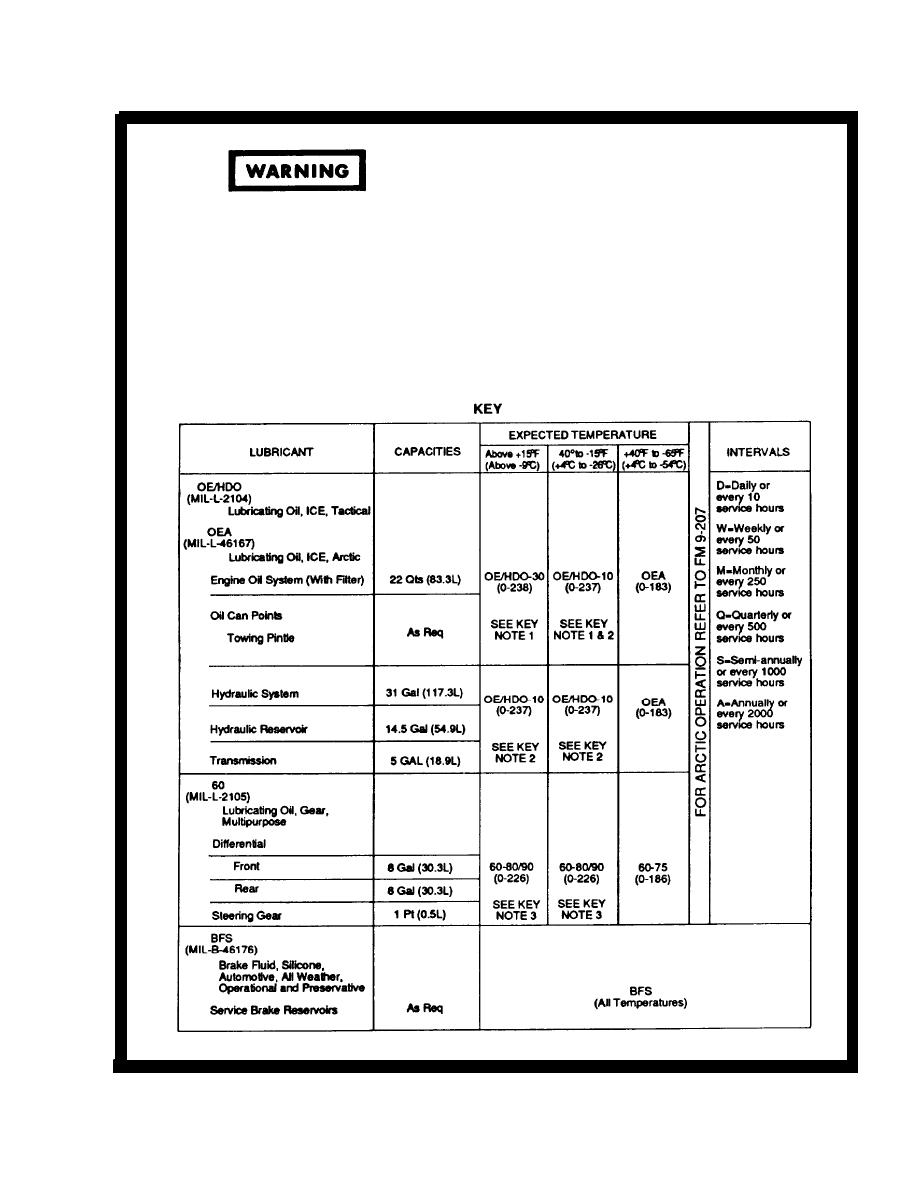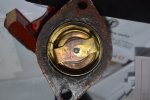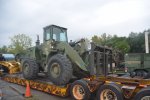I got one off GP last December. They are nice units to have around the house. I was lucky in that the government did a full service, fluids, filters, air filters, and what not. They were even nice enough to install new tires and lights on it, then parked it for a year. It is nice to see our tax dollars at work. When I picked it up the engine oil was still clear. Needless to say, I was happy about its condition.
Some of the differences between the early and later models, SN 2000 and below are early, are the later models have full glass cabs with wiper blades. A heater in the cab to the right of the controls. The ones with the heaters have two fans for the driver or to keep the glass clear from fogging. The early exhaust was vertical with a flapper type rain cap. The later models have an angle exhaust to keep the rain out. They added valves to draw fluids for testing on the later models.
The model is based off of the Dresser 530 Payloader. I have been trying to find a bucket for mine. The hydraulic lines on the lift arms have quick disconnect fittings and the electrical connection for the fork control is a simple plug. The rest is the pivots pins. They made it somewhat easy to switch from forks to bucket and back.
There is a master electrical switch. It on the left side behind the cab next to the fender mount. When the forklift is parked for the day that switch must be off. If not, the batteries will drain. There is a relay somewhere in the engine compartment that is energized when the master switch is on. I haven’t bothered to figure out what it activates. I suspect the relay powers the cab, run, and starting circuit.
They use two 4D batteries. If you need any, they are NAPA part number 7266, ask me how I know. They had left the master switch on when parked and the batteries on mine were
done. All and all I’ll take two dead batteries for not having to do anything else on the machine any day.
